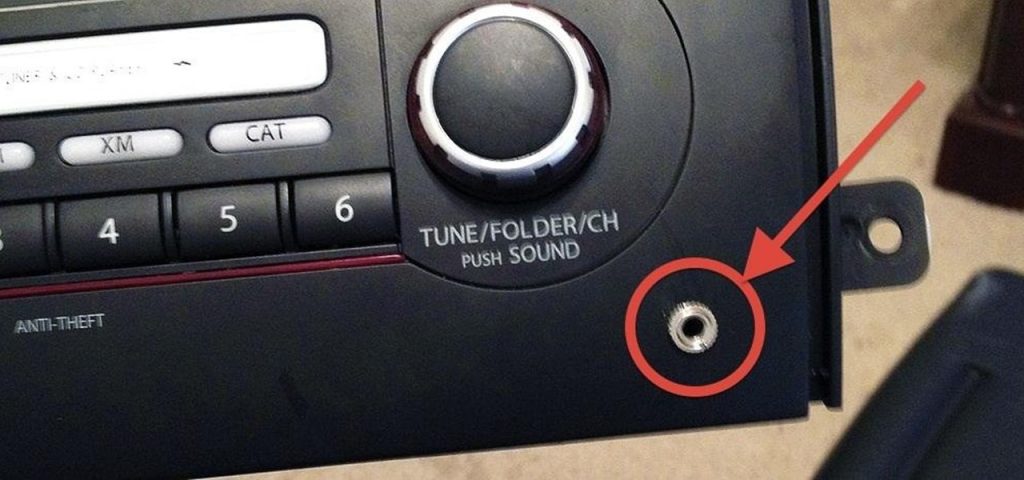Although some smartphones are getting rid of the headphone jack, it still remains the main feature of many other smartphones. The headphone jack is an example of an auxiliary port.
What is an Auxiliary Port?
An auxiliary port (AUX) literally just means an additional audio input method. It is an asynchronous serial port with an interface that allows the auxiliary input of audio signals for:
- MP3 players
- Headphones
- Portable music players
- Amplifiers
- Speakers
It permits a PC or other device to transmit or receive data one bit at a time. The AUX port is typically used for audio equipment that receives peripheral sound sources, such as digital music players or audio speakers. The peripheral sound device is connected to an AUX port or another medium such as a vehicle’s audio jack. An auxiliary port is also known as an auxiliary jack or auxiliary input
Related Article: Laptop ports: How to identify them and which version you have
The main benefit to aux inputs is that they can be used with basically any audio device. Regardless of whether you have an iPhone, an Android phone, or even a decades-old Walkman, you will be able to use it with the aux input so long as the device supports it.
This is why one aux cable will work with pretty much all of your portable devices, although some will require an adapter. It’s typically a simple matter of just unplugging from one phone or music player, plugging in another, and you’re done.
Related post: Turn Old Wired Speakers Into Wireless Ones With an AUX to Bluetooth Receiver
The main disadvantage of using an auxiliary input is the difference between a car stereo and earbuds. Earbuds are small and unpowered, whereas even the simplest car stereo system has much larger speakers and an amplifier, whether it is a powerful stand-alone amp or built right into the head unit.
The issue is that when you use an auxiliary cable with a portable music player like an iPhone, the phone hardware has to do all the heavy lifting. The iPhone processes the digital music files that you have stored on it, and it transmits the resulting audio signal via the headphone jack to the aux input in the head unit.
Related post: Comsoon Aux to Bluetooth receiver review: Play music and take calls hands-free with your car’s stereo
Since iPhones are designed with earbuds and headphones in mind, and they don’t include line-level outputs, additional noise may be introduced to the audio signal when it passes through the amplifier in your car stereo. Of course, noise can also be introduced via the aux cable and jacks as well.
The main type of aux input is the 3.5mm jack, which is the same type of tip-ring-sleeve (TRS) or tip-ring-ring-sleeve TRRS connector that you see on headphones. So when you see “aux input” listed as a head unit feature, it means it is a jack that you can hook directly into the headphone jack on your phone, or any other audio source, with a male-to-male 3.5mm TRRS cable.
Discover more from Dignited
Subscribe to get the latest posts sent to your email.











